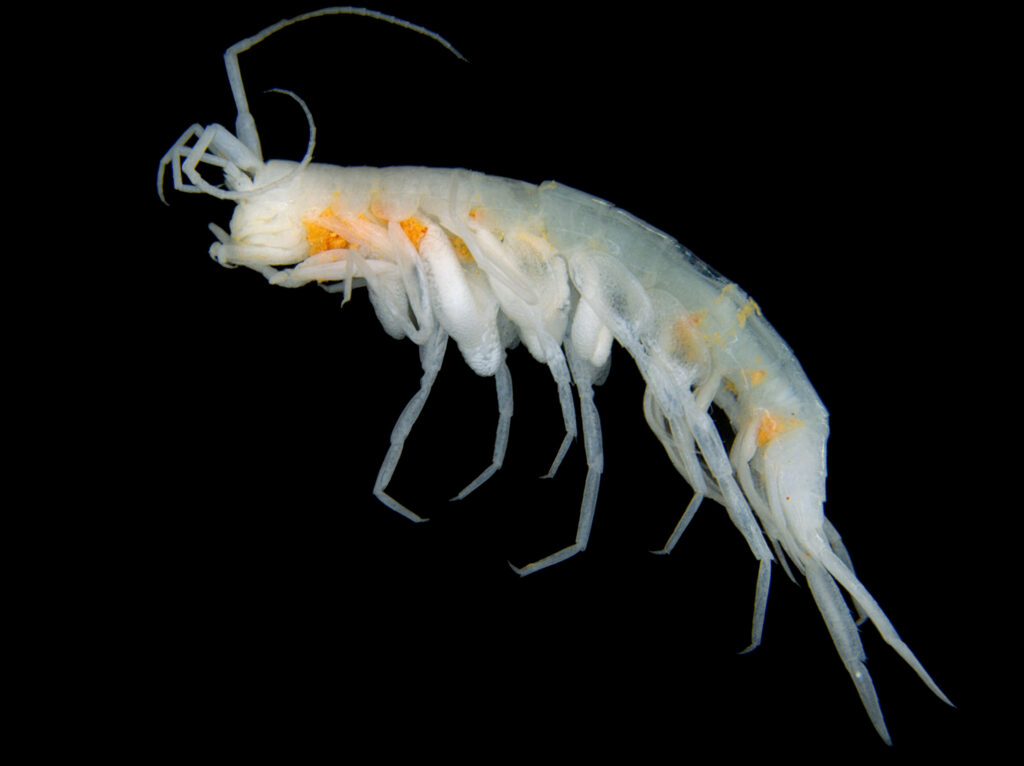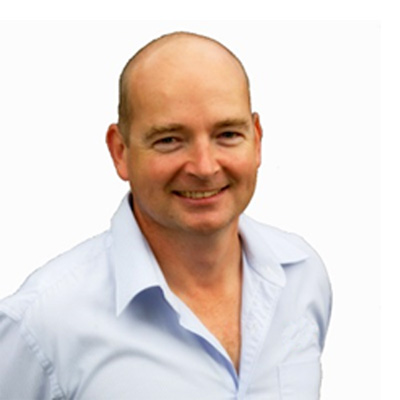Hyporheic & Subterranean
We routinely sample aquatic invertebrates living within the hyporheic zone, referred to as ‘Hyporheos Fauna’ as part of the assessment of Groundwater Dependent Ecosystems (GDEs). Hyporheos fauna inhabit the hyporheic zone which is the saturated interface between surface waters and groundwaters, beneath and alongside the main channel of waterways. Hyporheos fauna can comprise a diverse assemblage of invertebrates, including those common in surface waters (stygoxenes) to those highly adapted to subterranean environments and with affinities for groundwater systems (stygobites).

Our accredited aquatic ecologists are expert taxonomists in the species-level identification of aquatic invertebrates. Our state-of-the-art laboratory equipment and software includes leading Leica brand stereomicroscope and dissecting microscopes, flexacam imaging, extensive specimen voucher collection, all supported by relevant taxonomic guides, books and journal publications.
We also have a strong network of leading entomologists to support the identification of subterranean fauna. This ensures our clients receive the highest level of taxonomic identification. We are also at the forefront of environmental DNA sequencing techniques for morphospecies discrimination.

OUR PARTNERS –BESTIOLAS CONSULTING
Dr Nicholas Stevens has 23 years’ experience in the ecological, morphological, and molecular studies of invertebrates, including 15 years as an environmental consultant specialising in the management and research of subterranean fauna in Western Australia, a region now well recognised as a global hotspot for stygofauna and troglofauna diversity. Dr Stevens is a highly competent specialist, providing comprehensive stygofauna and troglofauna assessments and monitoring programs, including the use and development of environmental DNA (eDNA) field methods, for resource projects throughout Western Australia, including the Pilbara, Barrow Island, Goldfields, Kimberley and arid interior regions.
Acknowledgement of Country
Lateral Environmental acknowledge and pay our respects to all Traditional Owners that have come before us for tens of thousands of years, those we share our current days with, and the future generations that will continue to lead the conservation, monitoring and sustainable management of our Land, Inland Waters and Sea.
We thank all Traditional Owners for sharing the cultural, spiritual, and environmental values of their Inland Waters. We are committed to working alongside, learning from, and empowering all Traditional Owners of Inland Waters across Australia.
Lateral Environmental have consent from respective Prescribed Body Corporate (PBC) / Traditional Owners to share photographs on this website.

